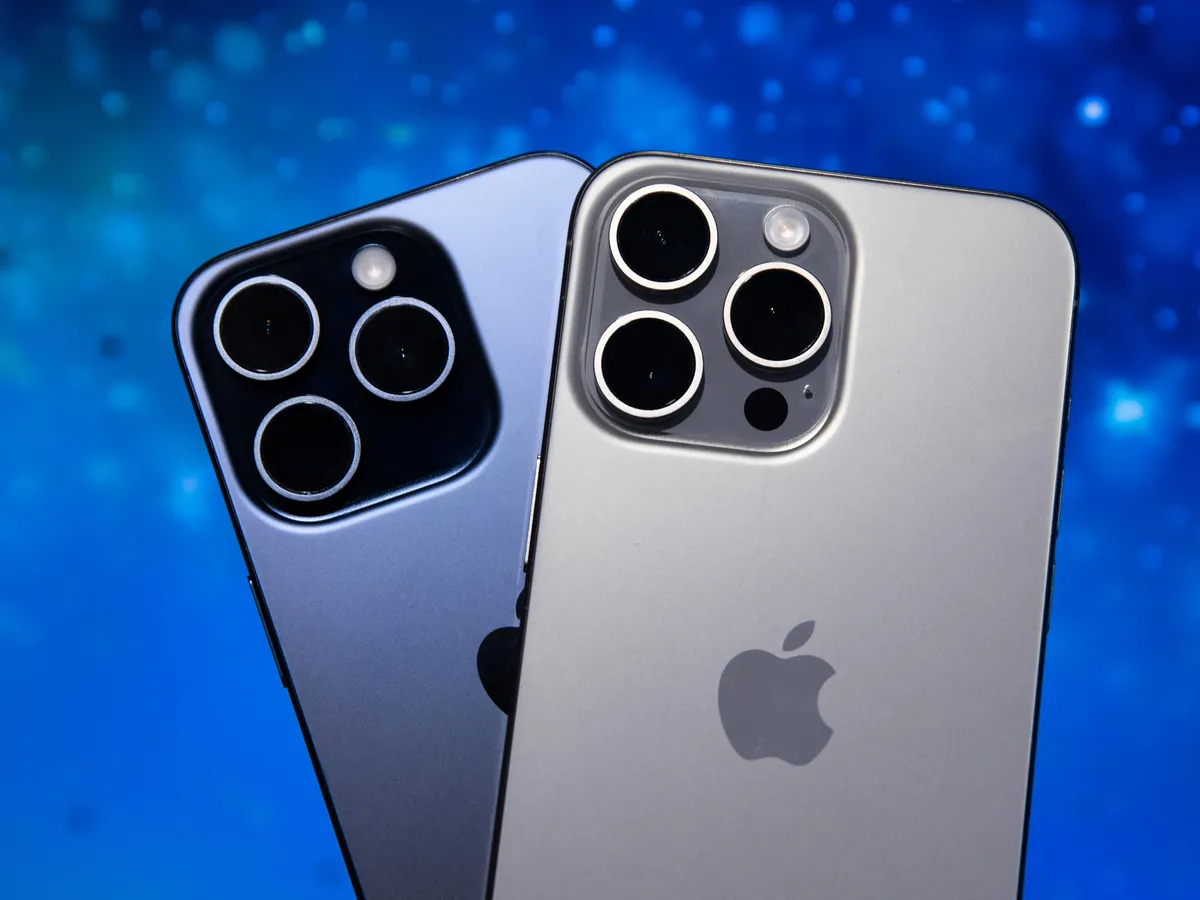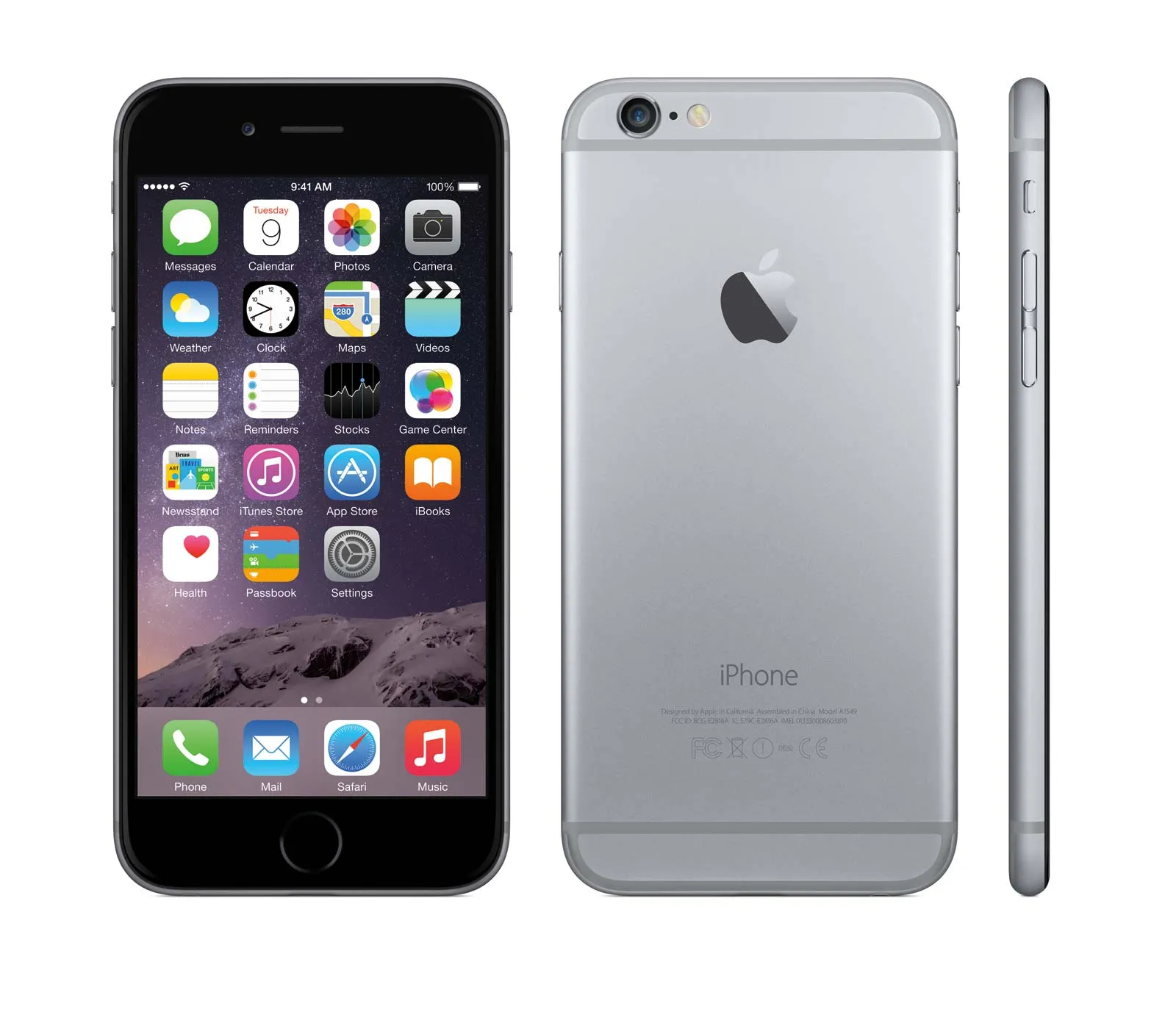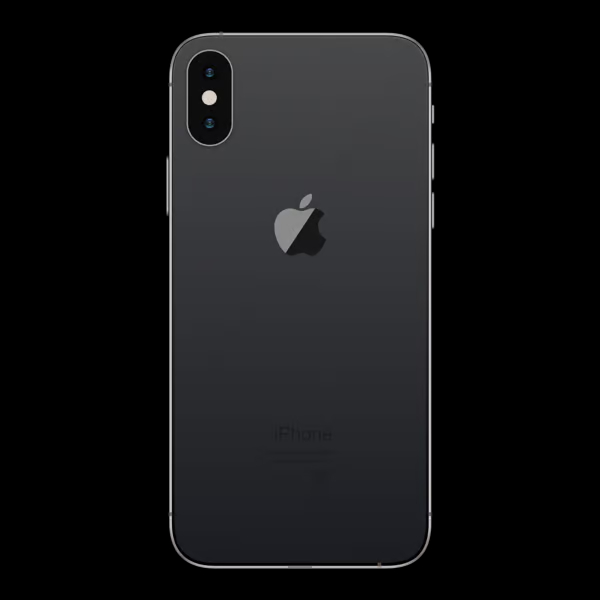Keeping an eye on your iPhone’s CPU usage is vital for maintaining optimal performance and battery life. Heavy CPU usage can cause your device to slow down and your battery to drain more quickly than usual. By monitoring and managing what processes are consuming the most resources, you can ensure that your iPhone runs smoothly. This article will explore how to monitor your iPhone’s CPU usage and ways to manage and reduce unnecessary load on your device’s processor.
Understanding iPhone CPU Usage
The central processing unit (CPU) is the brain of your iPhone, handling all the instructions from apps and the operating system. When an app or process requires CPU time, it competes with other apps and system processes for computational resources.
The Role of the CPU in Performance
High CPU usage on your iPhone can be a sign that an app or service is demanding more power than usual, potentially leading to performance issues. If the CPU is overworked, it may struggle to keep up with user inputs, resulting in lag, apps freezing, or the device overheating.
Signs of Excessive CPU Usage
Several symptoms can indicate your iPhone’s CPU is under strain: the device might feel warm to the touch, the battery life might decrease rapidly, or apps might take longer to open or respond sluggishly. If you notice these signs, it’s time to check what’s consuming your CPU resources.

Monitoring CPU Usage on iPhone
While iOS does not provide a built-in tool to monitor CPU usage in real-time, you can get an idea of which apps are consuming the most power and resources by looking at the battery usage details.
Checking Battery Usage
To check your iPhone’s battery usage, go to “Settings,” scroll down to “Battery,” and look at the “Battery Usage By App” section. This section shows the percentage of battery used by each app, which can indirectly indicate which apps are using more CPU resources, especially if they’re active in the background.
Using Third-Party Apps for Detailed Insights
For a more detailed analysis of your iPhone’s CPU usage, you may need to use third-party apps. These apps can provide in-depth information about your device’s performance, including real-time CPU monitoring. However, due to iOS security and privacy measures, the availability and functionality of such apps can be limited.

Managing High CPU Usage
Once you have identified apps or services that are causing high CPU usage, there are several steps you can take to manage and reduce the load on your processor.
Updating Apps and iOS
Ensure that all your apps and your iOS version are up to date. Developers often release updates to optimize performance and fix issues that may cause an app to use excessive CPU resources. To update apps, visit the App Store and tap on “Updates.” For iOS updates, go to “Settings,” then “General,” and select “Software Update.”
Restricting Background App Refresh
Some apps will refresh their content in the background, which can increase CPU usage. You can limit this feature by going to “Settings,” selecting “General,” and tapping on “Background App Refresh.” From there, you can disable it entirely or select which apps you want to restrict from refreshing in the background.

Preventing Future CPU Performance Issues
Maintaining your iPhone’s CPU isn’t just about reacting to problems; it’s also about preventing them. By adopting good usage habits and making regular checks, you can keep your CPU running efficiently.
Regularly Closing Unused Apps
Although iOS is designed to manage apps efficiently, manually closing apps that you’re not using can help free up CPU resources. To do this, double-click the Home button or swipe up from the bottom (for iPhone X and later) to view open apps, then swipe up on the app windows you want to close.
Controlling Notifications and Widgets
Excessive notifications and widgets can also lead to increased CPU usage. Go to “Settings” and then “Notifications” to manage which apps can send you notifications. Similarly, streamline your widgets by swiping right on your home screen, scrolling to the bottom, and tapping “Edit” to add or remove widgets.

Optimizing Device Settings for Improved CPU Efficiency
Beyond managing individual apps and features, you can optimize overall device settings to ensure your iPhone’s CPU runs efficiently. This proactive approach will help you extend the device’s life and maintain a responsive user experience.
Evaluating Location Services and Screen Settings
Location services can be a significant drain on your CPU and battery life. Review which apps are using location services by going to “Settings,” then “Privacy,” and selecting “Location Services.” Here, you can disable location access for apps that don’t require it or set it only to be active while using the app. Additionally, adjusting screen brightness and enabling auto-lock to turn off the display when not in use can also conserve CPU resources.

Adopting Healthy Charging Habits
The health of your iPhone’s battery is closely linked to your CPU’s performance. A healthy battery ensures that the CPU receives a stable power supply, crucial for maintaining performance levels.
Avoiding Extreme Temperatures
Extreme temperatures can negatively affect your iPhone’s battery and, in turn, its CPU performance. Try to keep your device out of direct sunlight and away from excessively cold environments. Additionally, using only Apple-certified chargers can prevent power issues that might affect CPU efficiency. By adopting these charging habits, you can help preserve your iPhone’s battery health, ensuring that the CPU operates within the optimal parameters.
Keeping Your iPhone Running Smoothly
Monitoring and managing your iPhone’s CPU usage is crucial for ensuring your device runs effectively and preserves battery life. By keeping an eye on battery usage stats, updating apps and iOS regularly, limiting background processes, and employing good usage habits, you can maintain optimal performance on your iPhone.
The Importance of Proactive Management
Being proactive about your iPhone’s CPU health can prevent issues before they start. Regular maintenance, like monitoring app usage and performing updates, can help you avoid sudden drops in performance or battery life.
Balancing Performance and Usability
It’s important to strike a balance between performance and usability. While you want your iPhone to run efficiently, you also don’t want to disable features that enhance your overall experience. Find a usage pattern that works for you, and adjust your settings to match your needs while keeping CPU usage in check.
By taking these steps, you can enjoy a smooth and responsive iPhone, free from the frustrations of sluggish performance and rapid battery drain. Remember that staying informed about your device’s operation and making adjustments as needed can make all the difference in its longevity and your satisfaction with its performance.
